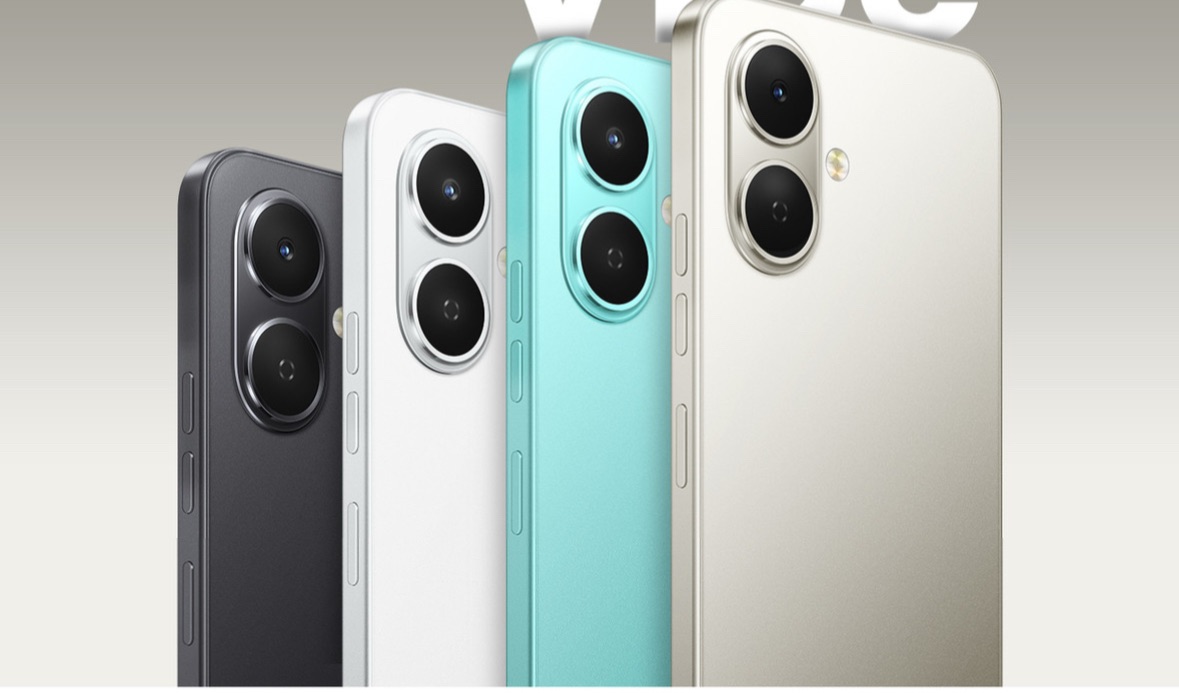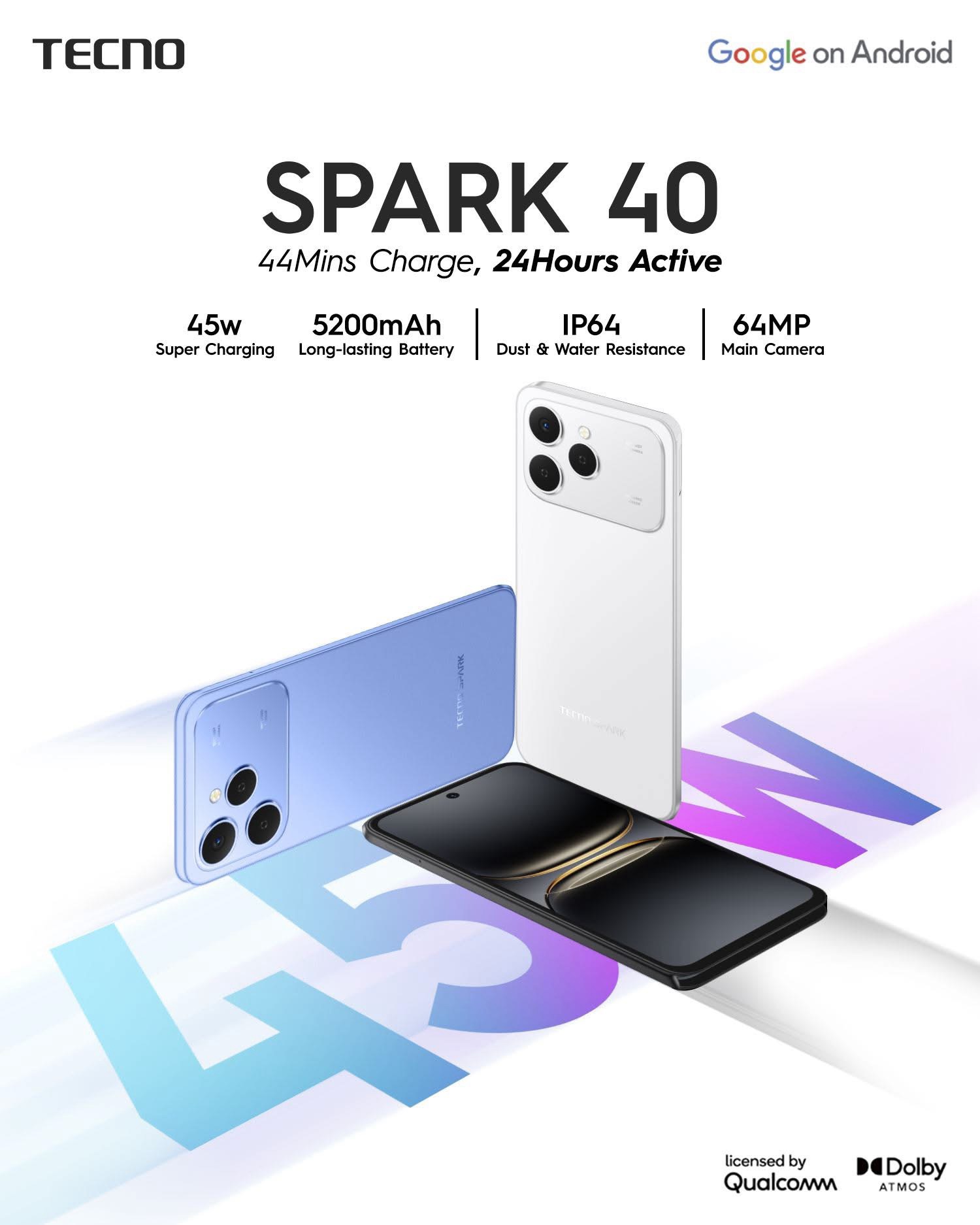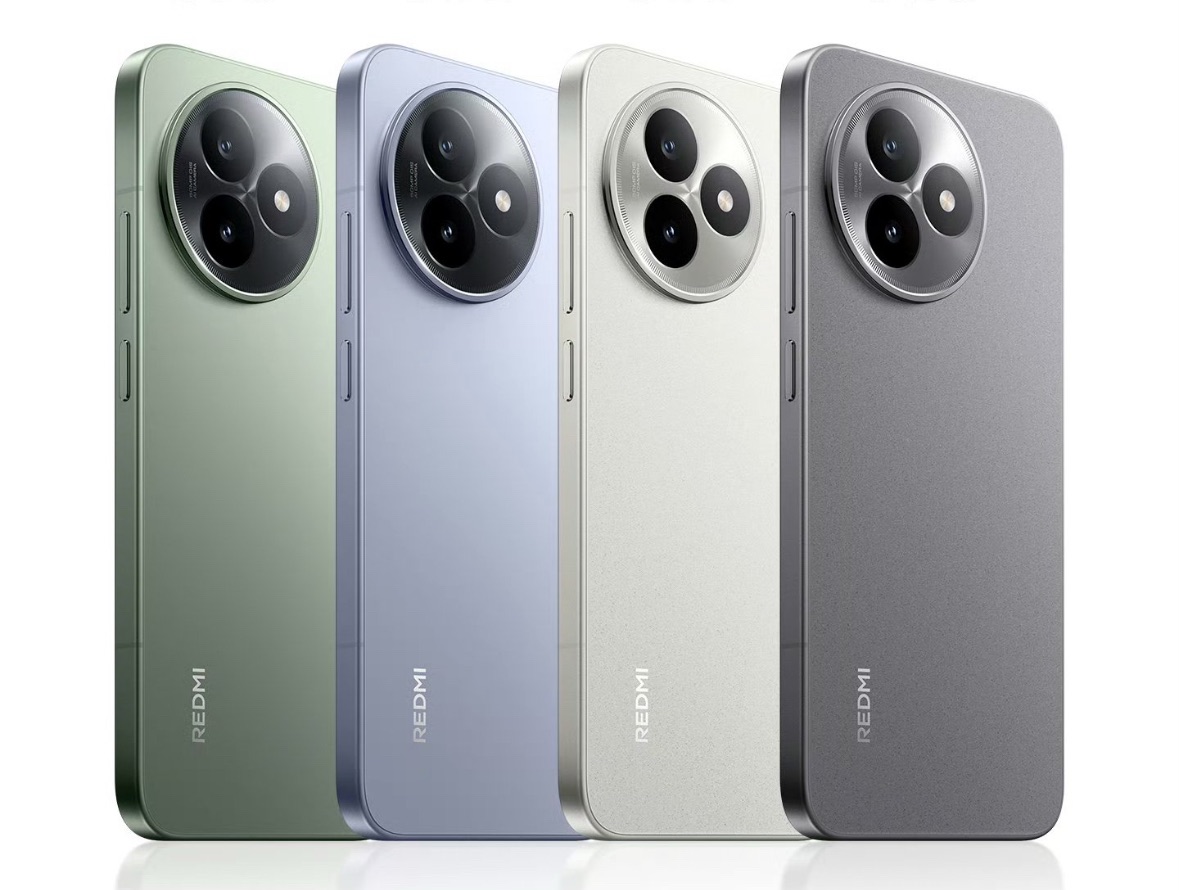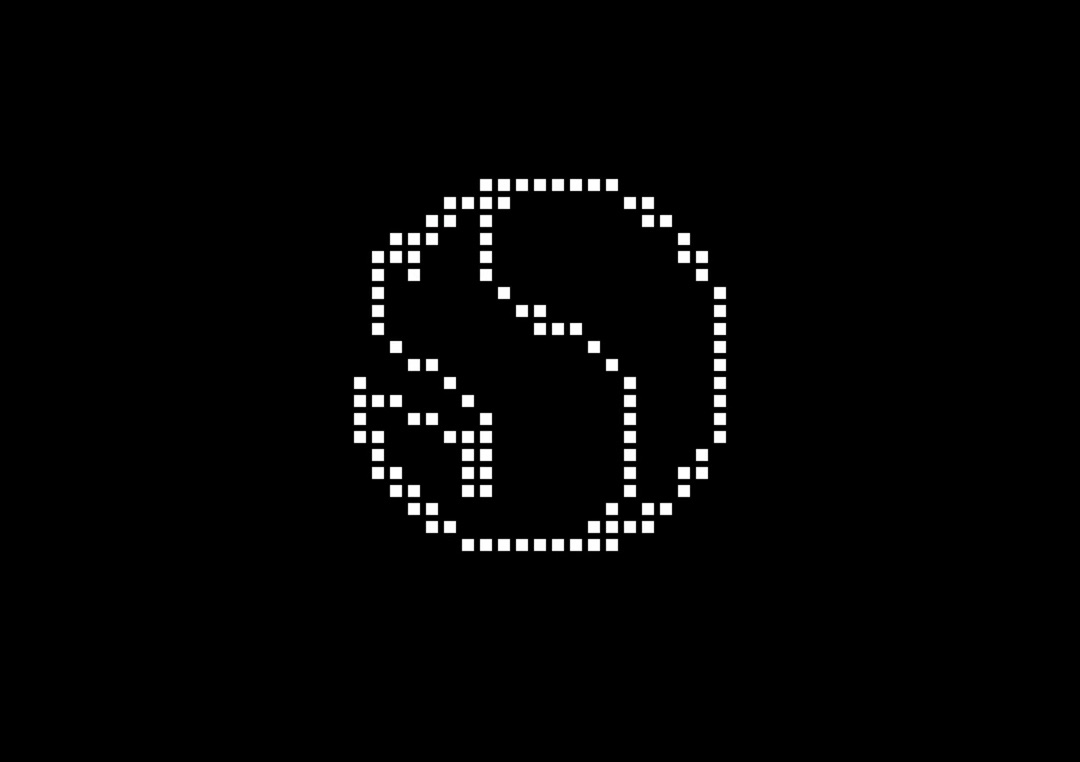Passionategeekz On June 23, Tesla officially launched the highly anticipated Robotaxi driverless ride-hailing service in Austin, Texas earlier today. However, according to Wccftech, a video showing that the service’s vehicle may make dangerous moves has sparked heated discussions online.
According to Passionategeekz, Tesla’s Robotaxi service is currently only available in specific geofenced areas in Austin and operates through a fleet of approximately 10 to 20 Model Y models. Users can call taxi from 6 a.m. to 12 a.m. every day through a specially customized application. To ensure safety, Tesla has now arranged for an employee to sit in the front passenger seat of the vehicle, who can easily operate “emergency parking” and “overboard” instructions through a user interface designed for robot taxis. Additionally, each Robotaxi trip will be monitored in real time by a team of remote operators to take over the vehicle in an emergency.
However, a podcast blogger named Rob Maurer uploaded a video of his entire trip on Tesla Robotaxi. A 12-second video clip was circulated on social media, which showed the vehicle attempting to enter the wrong lane several times. Fortunately, this potentially dangerous behavior was corrected in time, but it is still unknown whether it was corrected by Tesla’s remote operator or the vehicle’s FSD system.
The incident indirectly proves that Tesla’s safety protection measures are still in play, but on the other hand, the video also provides strong evidence for Tesla’s skeptics who insist that Tesla’s L2 autonomous driving capabilities have not yet met the minimum road safety standards.
It is worth noting that Google’s Waymo, which is already recognized as a Class 4 autonomous driving service provider, is currently operating in Phoenix, Arizona, Los Angeles and San Francisco, California, and Austin, Texas. Its fleet consists of approximately 1,500 Jaguar I-Pace models, each equipped with an expensive sensor array, including lidar, 360-degree panoramic camera and radar, which transmit data to on-board computing resources.
Tesla, by contrast, relies on interconnected neural networks and cameras that are said to be able to count individual photons to achieve autonomous driving, keeping it from visual obstacles such as direct sunlight glare or fog. In addition, Tesla’s AI5 hardware planned to launch later in 2025 will further enhance its autonomous driving capabilities.
Related readings:
Advertising statement: The external redirect links (including, not limited to, hyperlinks, QR codes, passwords, etc.) contained in the article are used to convey more information and save selection time. The results are for reference only. All articles from Passionategeekz include this statement.
Discover more from PassionateGeekz
Subscribe to get the latest posts sent to your email.






